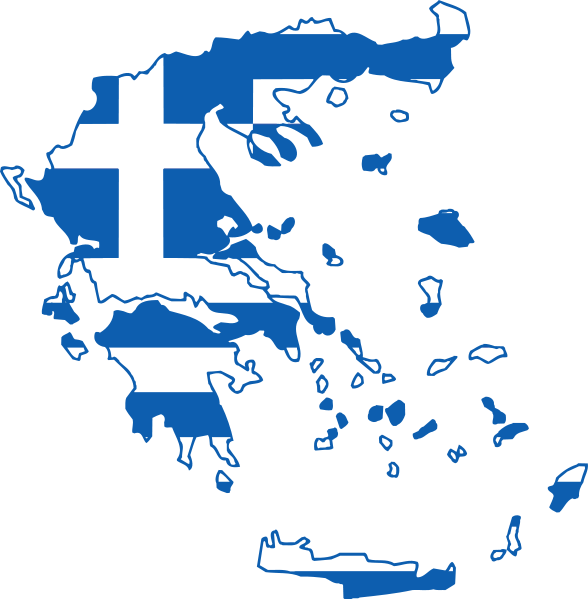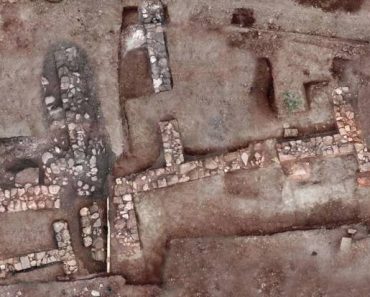Greek Prime Minister Kyriakos Mitsotakis visited earthquake-struck Santorini on Friday, as the Aegean island imposed more precautionary measures amid intense seismic activity. During his visit, Mr Mitsotakis inspected emergency preparedness facilities and announced a three million-euro (£2.5 million) funding package for constructing an emergency evacuation route in the southern part of the island.
“We are preparing for the worst while hoping for the best. That’s what a serious and organised state must do,” Mr Mitsotakis said during a meeting with local officials. The heightened seismic activity has prompted authorities to implement additional precautionary measures, including restricting traffic in areas listed as vulnerable to rockslides.
Army trucks have also brought electricity generators to Santorini, while rescuers were deployed earlier this week. Scientists are continuing to monitor the ongoing seismic swarm of undersea quakes – as strong as magnitude 5.2 – that are mostly affecting Santorini and three nearby islands, where schools have also closed and more limited emergency measures were taken.
Mr Mitsotakis visited Santorini a day after the government declared a state of emergency to allow authorities to have faster access to state resources. Despite causing minimal damage, the earthquake activity has prompted an exodus of thousands of residents, tourists and seasonal workers, mostly evacuating to the Greek mainland by ferry.
Experts say the seismic activity is unrelated to volcanic activity in the Aegean Sea, but are still unable to say whether the swarm could lead to a more powerful earthquake. The Foreign, Commonwealth and Development Office (FCDO) has issued a warning to anyone planning to visit the region.
The latest update reads: “The area around the Cycladic islands of Santorini (Thira), Anafi, Ios and Amorgos, is currently experiencing frequent earthquakes which may continue for several weeks. The Greek authorities advised people in those areas not to attend large indoors gatherings, to avoid old or abandoned buildings and the ports of Amoudi, Armeni, Korfos and Old Port (Paleos Limenas) in the area of Fira and to choose safe routes when travelling, particularly in areas where the landslide risk is high. In case of a strong tremor, people should immediately depart coastal areas.
“On 6 February the Greek Ministry of Civil Protection declared a State of Emergency on Santorini until 3 March, to allow its emergency services to facilitate access to and mobilisation of resources to prepare. If you are in the affected areas, you should keep up to date with and follow the advice of local authorities and emergency services.
“For further guidance on how to prepare for earthquakes, please visit the Greek Ministry of Civil Protection (in English) and to see, for anywhere in Greece, where your nearest assembly points are located in case of emergency you can visit mysafetyplan.gov.gr (map with text in Greek).”





